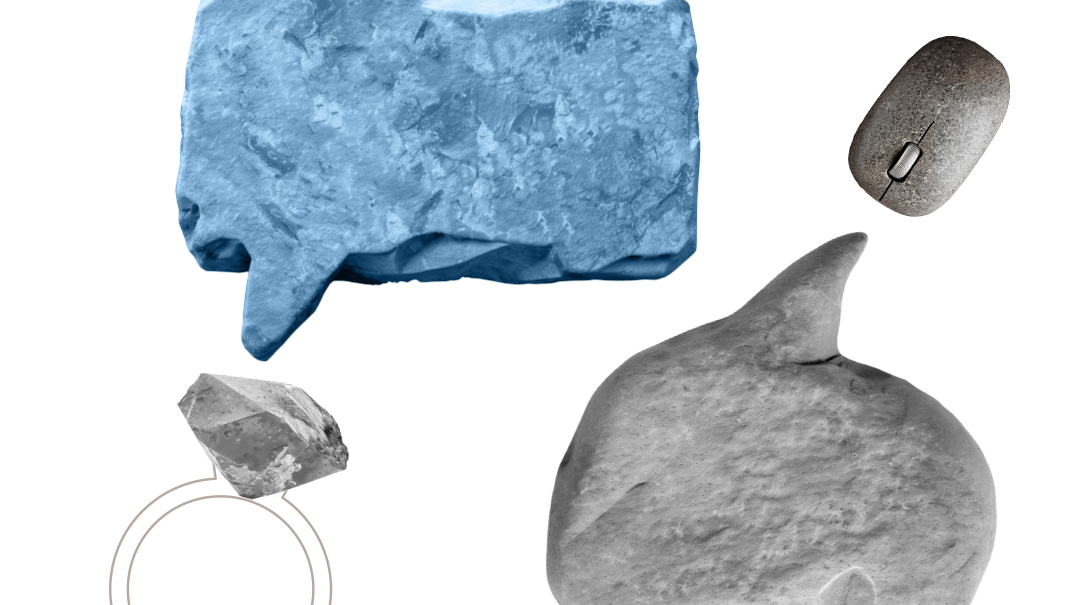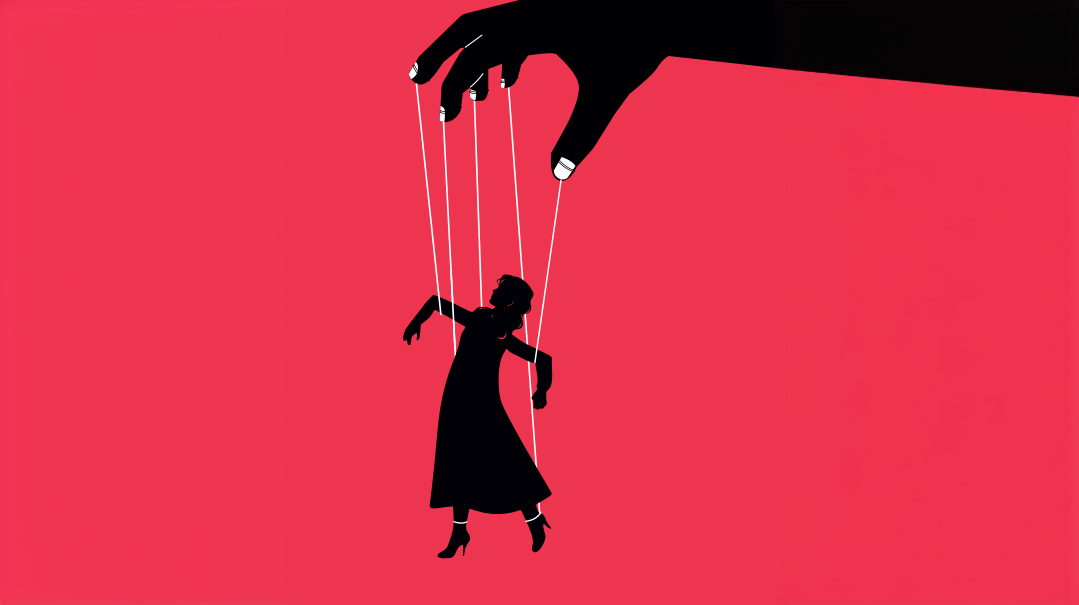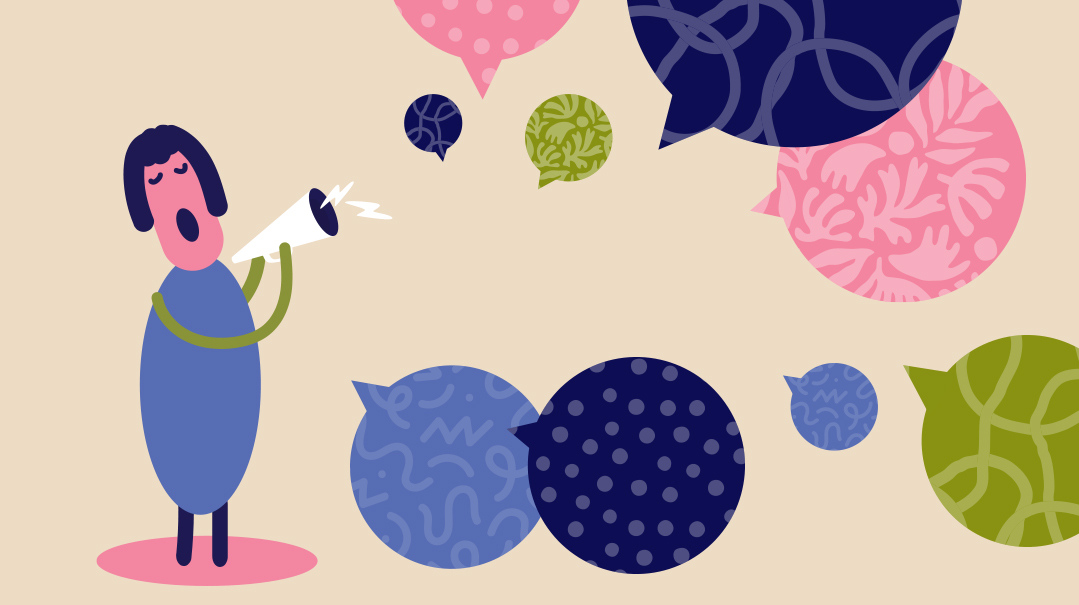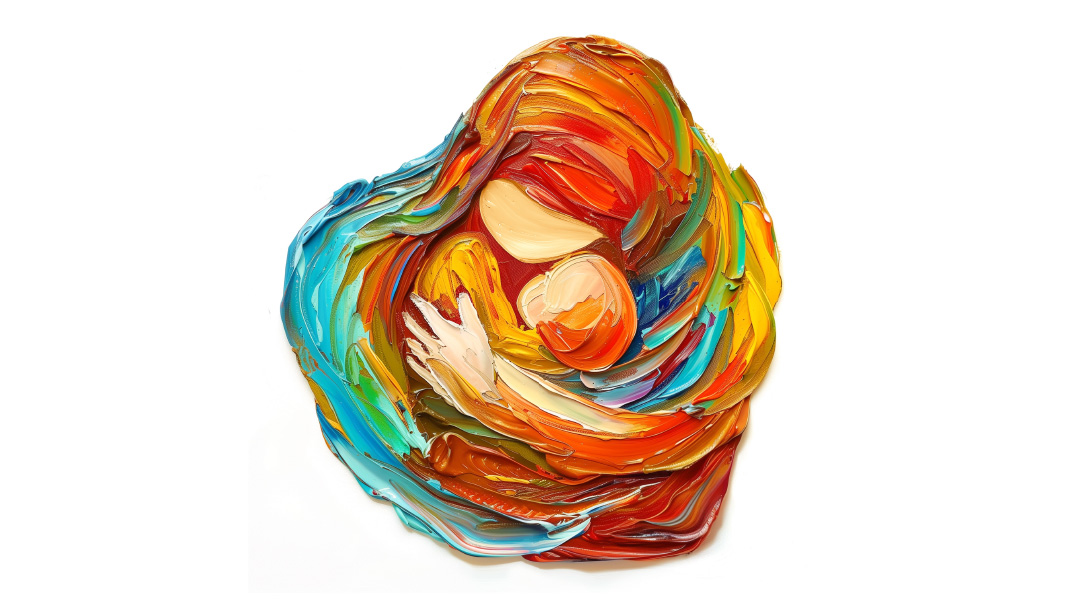Color Me Beautiful
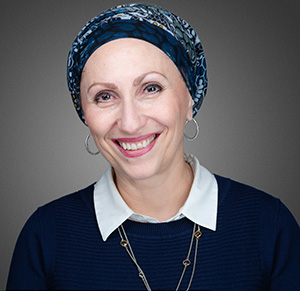
Suzanne Dekel, an internationally recognized expert on artisanal dyeing, creates the most vibrant of hues from the most natural of sources
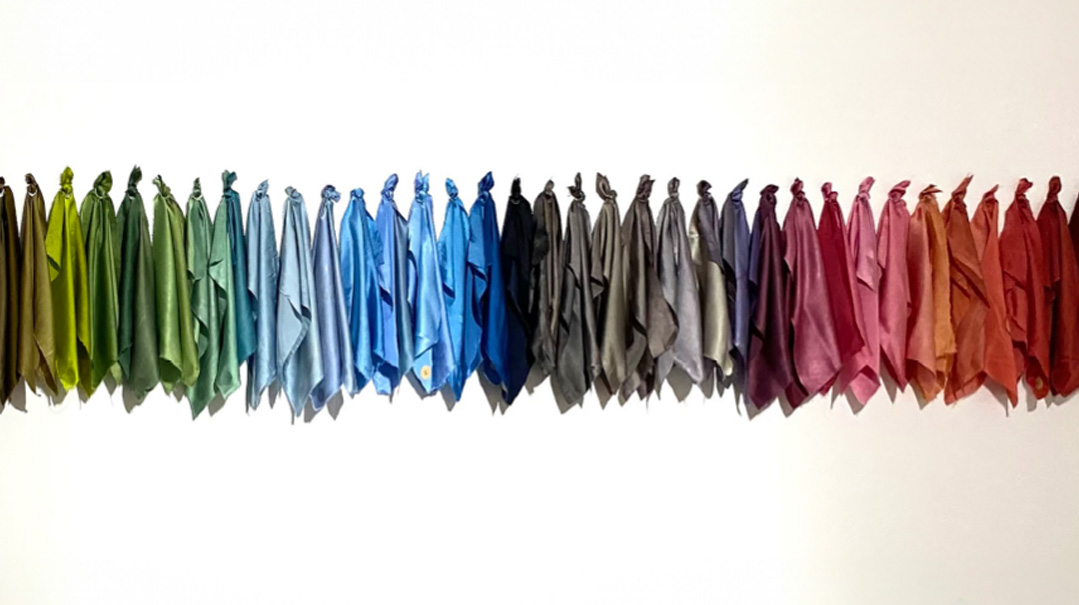
“This is something I could do forever,” says Suzanne Dekel, an artist whose journey took her through different countries, lifestyles, and professions before she settled into her current passion, the craft and business of dyeing natural fabrics with organic dyes she produces herself.
Now in her mid-forties, Suzanne has become a recognized expert on the process, sought out by art and textile students, and the author of numerous guides to the craft. In addition to producing her striking fabrics, she gives workshops all over the world.
Suzanne speaks to me from her house in Shoham, where she lives with her husband, their four children, and a puppy. The choice of Shoham was siyata d’Shmaya, she says; a friend happened to mention the house to her, and it was in an affordable community with shomer Shabbos families. She rented a workspace nearby when it became clear her business had outgrown her kitchen.
But so much in her life has come about through siyata d’Shmaya, and now, from her kitchen table, she fills me in.
Not the Typical
Suzanne is extremely articulate, yet English — which she speaks with barely any accent — is not her first language. She was born in Amersfoort, Holland, a small town about 45 minutes from Amsterdam.
Her parents aren’t Jewish, but from an early age Suzanne felt attracted to Jews and Judaism. The more she heard about Jews and Jewish traditions, the more she ached to be part of them. Once, on a trip to Switzerland, she saw a group of Jews walking and felt a huge longing to join their group. But she had no idea how to pursue it. Finally, a friend tossed out, “Why don’t you call a synagogue?”
It was a solution so obvious she’d missed it. She called a synagogue and asked if she could visit. “They didn’t say no, but they didn’t exactly say yes either,” she says with a small smile. But she was undaunted. Even though she felt like a baby who didn’t yet know how to walk in this new world, she absorbed as much as she could within the parameters of her Dutch existence.
Almost 30 years ago, in her early twenties, Suzanne moved to Israel and never looked back, knowing it was part of the process necessary to attain her goal. “I nosedived into everything,” she says. “I learned in Machon Meir for a long time, and converted 28 years ago.
“My father didn’t mind that I’d chosen this. My mother went with the flow and did her best to accommodate me, because her top priority was to maintain our relationship. She keeps a box of kosher utensils in her house for my visits, and since the war started, she’s been lighting candles every Friday night.”
As a young adult, Suzanne’s life was centered around music. She studied classical guitar at the Academy of Music and Dance in Rotterdam and the Royal Conservatory of the Hague. She continued in Israel at the Rubin Academy of Music in Tel Aviv, earning her master’s degree and then working as a professional musician, giving concerts and lectures, and teaching.
She specialized in music from the Renaissance and Baroque periods. “I excelled in it, and it connected the best to my being,” she says. “It’s passionate, but it’s also calculated and rule-abiding. I’m a broad-minded, Renaissance-type person in my thinking, the type who likes to discover new things and dive deep into them. Even today, the colors I connect to most in my dyeing are the kinds of deep, saturated hues you see in paintings from that period.”
Eventually, she let music slip out of her life. “I don’t even play for fun anymore,” she confesses. But she has no regrets. She believes the skills she developed as a musician — discipline, self-motivation, and research skills — continue to serve her well as she pursues different paths.
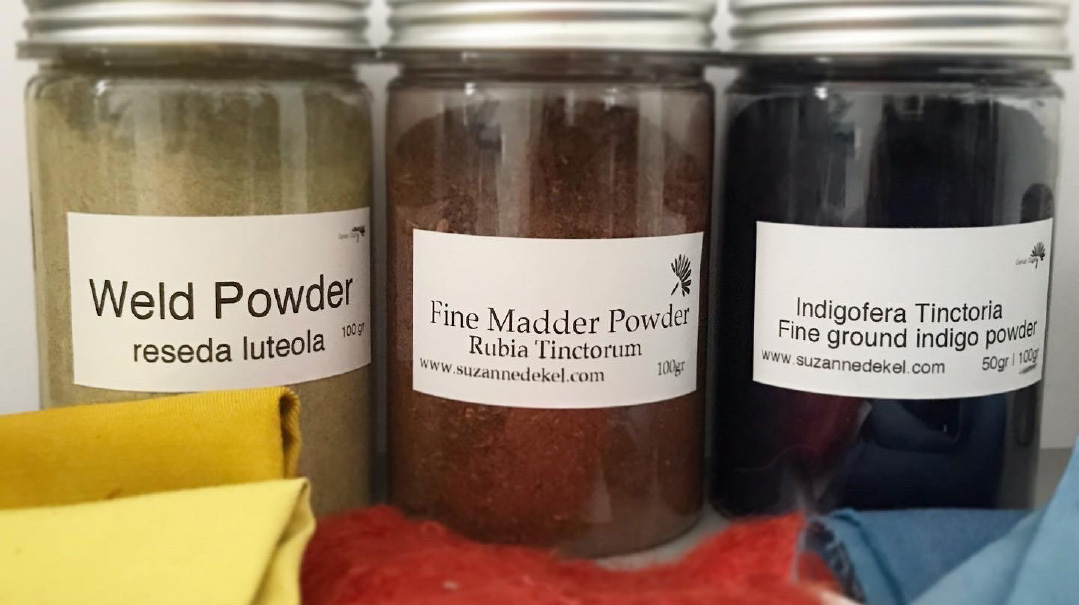
Pivot into Peaceful
When Suzanne’s first marriage unraveled, she needed a reset. “I had wanted to become a life coach, but it felt hypocritical,” she says. “Here I was going through major personal problems, and I thought, how can I presume to coach others?
“On top of that, I grew up in the 1980s; I was a girl who didn’t know how to say no to people and had no skills to sell myself or my services. I had two children and wasn’t making it financially.”
When an opportunity arose to take a sales position in a high-tech company, she accepted it even though it was far out of her comfort zone. “I gave myself a year,” she says. “I figured that if nothing else, I’d acquire the sales skills I needed to market my music or my life-coaching skills.”
It turned out to be a wise choice. One year stretched into four, and she picked up what she describes as a college education in sales. She made good money and bought herself a house, and the change of location brought even greater changes in her mazel.
She didn’t feel she needed to get married; her life was on a good, independent track, with a successful job, great friends, and good relationships with her children. But she met someone anyway. Niv Dekel didn’t initially check her imagined boxes: She’d been set on someone with a university education, who spoke excellent English (she soon realized that the texts he sent her were Google translations). But he did have a profession in computer programming, and she saw he had “the nicest, kindest eyes.”
Niv was a baal teshuvah from a family that was Moroccan-Yerushalmi on one side, and on the other, Holocaust survivors who came to Israel from Salonika on illegal boats. They married the following year, and together culled the best from their respective backgrounds to forge their own blended family and religious path.
Niv brought a daughter from a previous marriage, and Suzanne had her two children, and soon enough they learned there was another one on the way. By the time the baby was born, Suzanne was badly in need of a break from work. “I had a newborn on the one hand, and teenagers making me tear my hair out on the other,” she says. Her pragmatic husband told her, “Look, this job was not your dream career from the beginning. You thought your expiration date would be two years, tops, and it’s been four years. Just quit!”
“I realized I actually could!” Suzanne says. “I had paid into the Social Security system for a long time, and between that and my maternity leave I had nine months’ pay, a gift of freedom to find myself again.”
Suzanne enjoyed being home with her new baby, making him her own wooden toys in the manner of Steiner and Waldorf toys (simple, Montessori-style toys made from natural materials). She acquired squares of silk for him to play with, and decided she wanted to try dyeing some of them. “I needed natural dyes, because he was a baby and put everything in his mouth,” she says. “Synthetic dyes are cancer-producing, and their production pollutes the waterways. I found things in my pantry: blueberries, black beans, turmeric. I found it very soothing, very grounding and healing.”
Led by her curiosity, she decided to look further into natural dyes. And that’s when the world or artisanal dyeing burst into her life in full color.
A Whole New World
Once Suzanne began to research, she found troves of information, ranging from contemporary research to botanical recipes from the Middle Ages. Suzanne became obsessed. Day and night, she pored over books and experimented with dyes, losing herself in the language of fabrics and color, drinking in her new passion. “I’m very driven. I have to know everything and understand how everything works,” she says. “I crammed about 20 years of research into two years!”
Part of her enthusiasm stemmed from a philosophy that our current lifestyle has taken us too far from our roots. “People are longing to get their hands dirty again, to feel they are a part of what they eat, what they wear, and where they live. So here we are with a worldwide movement of people who want to create their own colors for their clothes, and not be part of the regular fashion trends that go out of style after a season and come at the cost of cheap labor.”
At one point she contacted a man who does natural dyes to ask for information, and to her surprise and delight, he gifted her with a huge supply of dyes, five UPS boxes that appeared on her doorstep. “You’re Jewish, and I want to help the Jewish people,” he said in response to her astonishment.
Now she wondered what to do with ten kilos of natural dyes. “I realized I could start a small supply business,” she says. “It gave me the freedom to develop myself, to spend more time on the creative side.” Within four years, she created a small empire, transforming herself into a self-made businesswoman on the strength of her drive and her wits. As her company grew, she worked with business coach Leah Aharoni to focus her goals, find markets for her goods and workshops both at home and abroad, expand, and set limits. “It was a big leap of faith for me when I rented a workspace, but if I didn’t have my work in a separate place, I’d never stop at all,” she confesses.
Her determination and can-do spirit led to teaching herself to build a website. Then, when Covid shut down the world, and she was home for months, she decided to write manuals about dyeing fabric with natural dyes and sell them on her website. “I sat writing day and night — mostly night,” she says. “I wanted to enable people to try it on their own. Natural dyeing shouldn’t just be for an elite.”
Setting up a dyeing business benefited people besides Suzanne, some of them in far corners of the globe. She’d always wanted to support small, artisanal fabric producers, people who otherwise wouldn’t have the capacity to sell their wares on their own. Suzanne sought out these weavers and compensated them at fair rates. It helps them make ends meet and continue producing. “I could sell cheap industrial fabrics,” she says. “But this is a way to help the weavers, and the fabrics produced come from organic materials rather than from mills, which elevates the whole process.” She works directly with weavers from India, Indonesia, and Ethiopia — “I literally know the people who produced the cloth” — and buys organic produce for her dyes directly from farmers.
The Art of Dyeing
Creating beautifully hued fabrics with botanic sources is a longer, more complex process than dunking a tie-dye T-shirt in a basin of commercial dye. “Every dye has its own method, based on where the dye comes from,” Suzanne explains. “A dye like indigo can be ready in 40 minutes. But a dye from a root that is three years old will not release its colorants quickly. The fabric has to macerate and heat slowly.”
Fabric doesn’t automatically absorb and retain natural dyes. It first has to be prepared by scoring, which means removing any barriers on the fabric’s surface because it’s pretreated with materials to protect it from insect damage and mold. Next it must be bonded to a mordant, a sort of chemical glue composed of metal salts. The mordant attaches to the fabric, and the dye attaches to the mordant. Different fabrics — silk, cotton, wool, linen — require different mordants.
Specific colors are produced by combining the right dyes. “Woading” involves a sort of under-dyeing of the fabric which, layered with the second dye, produces the correct shade. “For example, there’s no such thing as pure black,” Suzanne explains. “I woad the fabric with a ground of dark blue, then put a red dye on top to produce it. Green is a hard shade to produce as a stable dye. It takes three steps that include overdyeing yellow with blue.”
She creates beautiful botanical prints by collecting leaves such as eucalyptus and pecan during her long walks in nature. The leaves themselves contain pigments that release when moistened, and she rolls them tightly in fabric that is then dyed a different color. The leaves release their own colors and imprint on the fabrics. When the dyeing is completed, a process that typically takes at least a couple of days, Suzanne unties the bundle for the final product. “It’s like opening a present,” she says. In her workshops she also leads participants through the process of Japanese shibori, which is an art unto itself, a form of tie-dyeing created with folding, twisting, binding, or stitching fabric before dyeing it.
Suzanne lyrically described her process in an essay in 2017: “My fabrics carry the smells and hues and love of Israel; local pomegranate, sage, sumac, and eucalyptus are my weapons of choice. It is all a big exercise in patience, and self-restraint. These silks, cottons, and linens, the way I make them, they take days to come to life. Collecting leaves, extracting pigments by soaking and boiling, coaxing hidden colors by pressing and tying and steaming. Waiting another day to let the secrets come out. Unrolling my bundles, when the heart skips a beat because of the sheer beauty nature has given me.”
It’s a labor of love that creates one-of-a-kind fabric, fabric with a soul. Last June, Suzanne produced an exhibition at the Vitrine Gallery in Holon entitled “From Field to Fabric,” as part of a larger exhibition about the impact of fashion on the environment. She hung 133 squares of silk dyed in as many different hues, a veritable rainbow of her work. “It’s one of the most beautiful things I’ve done,” she says.
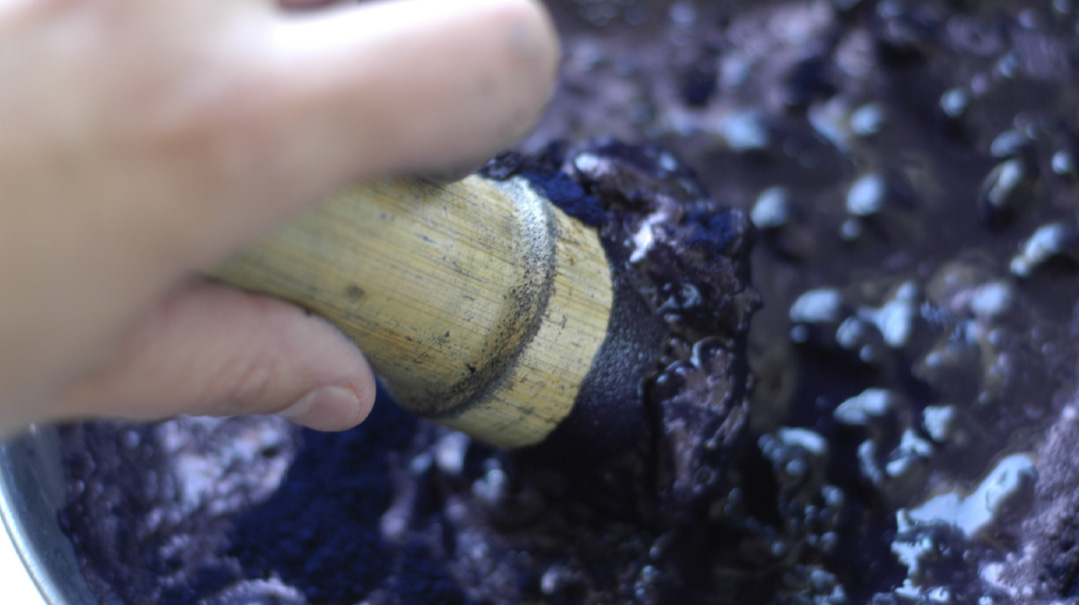
The Mitzvah of Tzitzis
It’s almost inevitable that a Jew obsessed by natural dyes would eventually try to recreate the colors mentioned in Tanach. A woman seeking to reproduce the tapestries of the Beis Hamikdash contacted Suzanne to try to recreate the colors of shani and argaman, which resulted in striking skeins of yarn. Suzanne herself was drawn to the mysterious lost process for producing techeiles, the Biblical shade of blue used for tzitzis. She read every source she could find, including many that maintain that techeiles was produced from the murex snail. She set about to get her hands on snails and make the dye herself.
“Snail dyeing is not for the fainthearted,” she declares with a laugh. “It’s incredibly smelly!” In fact, the smell was so offensive that her neighbors near the workshop called the manager, who soon showed up at her door. “People have been complaining about a bad smell,” he said. “Do you smell it, too?”
Suzanne was obliged to fess up, and they found a solution by installing a professional venting system. In the meantime, she was able to produce a spectrum of gorgeous blue fabrics, from pale baby blues to deep indigos. She continues to make dye from snails, but since it’s not legal in Israel to take them from the ocean, she sources them elsewhere. “It’s a trade secret,” she says with a wink.
When she made her first tallis, she learned to tie tzitzis so she could attach them. She would later describe the experience: “I felt chills all over. To be part of this holy mitzvah was an excitement I cannot even describe. There it was, this work of art, handwoven wool with silk adornments in shades of gold. The gold dye comes from onion skins and is made according to ancient recipes and customs. There is no bigger satisfaction than making this vibrant color with something as humble as onion skin, and tying strings of wool to it, like they have done for thousands of years, with ancient blessings and a brimming heart.”
After October 7, another tzitzis opportunity arose: Suzanne received a call from someone who asked if she could dye tzitzis for Israeli soldiers. First he requested 300 pairs, then 1,000. Her assistant walked in the next day to find a wall of boxes against one wall. “What are we going to do with all that?” she asked.
“We’re going to dye it,” Suzanne replied. With so many men called up to the war, this was a mainly female endeavor. She feels gratified that she and her helpers had the zechus to make sure no chayal would go into battle without this extra layer of protection. Unlike her other products, she attached no name, no label; this was purely for the mitzvah and the safety of soldiers.
“It was the most frightening, yet holy, time,” she now says. “There was such achdut. Time became fluid — we were working 11 hours a day, but we had this burst of energy and never felt tired. It was physically hard, but spiritually uplifting.
“Sometimes I think I learned all these skills just to be able to make these tzitzit with confidence.”
A World of Color
Suzanne’s teaching and quest for ever more knowledge and expertise has drawn her out of Eretz Yisrael numerous times. As much as she loves living in the Holy Land, she feels the need from time to time to go on the road. “It calms me,” she says. “I find opportunities abroad to teach, and one thing leads to the other. It’s good for business.”
When she had the chance to do workshops in Mexico for several weeks, in the artistic city of San Miguel, she took her family with her. She’s done workshops in her hometown of Amersfoort. She traveled to France, to the Pyrenees, to learn from master dyer Sandrine Rozier and researcher Dominique Cardon. These women sourced old books from the 18th century, mostly from France, which included recipes for dyes with the old, original samples attached (they never faded because they’d been enclosed within the book). “We did 30 colors in five days, working every day to reenact all those shades on wool,” she says. “In those times, wealthy people would have their fabrics dyed, then send them to Turkey and the Levant to be made into clothing.”
She enjoys seeing the world and having the chance to meet people, as otherwise her work tends to be solitary, although she now employs assistants to pack and ship her goods. For a while, she would make a weekly trip to First Station in Jerusalem to sell her wares, which furnished another chance to get out and talk to people. About 80 percent of her sales come from abroad, mostly the US. “Americans have respect for handmade goods, and they appreciate the kavanah and love behind them,” she says. “There is an amazing clientele from all over the world who want to buy handspun and handwoven fabrics that they dye themselves, or have me dye it, and make their own clothes. It’s way more work, and more expensive, but I offer the best quality with a human story. It’s not everyone’s cup of tea, but that’s fine!”
Moving forward, she would like to dive even deeper into research about natural dyes. She created her own book of dye recipes, with fabric swatches attached to each recipe, and she continues to cultivate relationships with academics who do research (such as Zvi Koren, who researches snail dyes) and professional artists from the Shenkar Art School. It gives her a nice break from the crafting end of the business. At the same time, she has ambitions to invest in a large dyeing machine that will allow her to produce fabric on a larger scale, yardage as opposed to individual pieces.
Her takeaway message? “First, I would tell people that divorce is not the end. Good husbands are hard to find, but they exist, so hold on to them!” she says of the ever-supportive Niv. “And find your passion! I put in so much energy, but it gives me energy back. If you love your work, you’ll feel you never worked a day in your life.”
Sustainable Fashion
Suzanne’s green, sustainable approach to her business carries over into her lifestyle. “I admire Suzanne’s dedication to low impact and sustainability,” says fellow fabric dyer Abby Rapaport, “and her generosity with her ideas, her time, and her products.” Suzanne would rather live with a few special, beloved possessions than the mountains of stuff most of us tend to accumulate. “I’ve lost a lot of possessions as I traveled through my life,” she says. “When I divorced, I lost a lot of things, but it turned out to be very freeing. I realized that my possessions don’t define me. It’s better to make each thing count.”
She indicates the earth-colored top she’s wearing, which was hand-dyed and handsewn in Mexico. It’s paired with a secondhand Donna Karan jacket. She buys cheap wigs and styles them herself, or wears her striking hand-dyed headscarves. “I don’t want to wear cheap clothing anymore, clothing that was made on the backs of women working for less than minimum wage,” she says. “I’d rather find something well-made or sew it myself. I aim to keep myself to a sort of capsule wardrobe, narrowing my wardrobe only to pieces with meaning.
“We’re blinded by the many possibilities we have today to acquire things. But in the same way we have to restrict our eyes and ears to grow spiritually, we have to narrow our acquisition of objects to grow spiritually…. I want to wear pieces that benefit their creators, that I can feel good about. What you own should have good vibes and should have a story.” With this philosophy, she sometimes helps her friends weed their closets, Marie Kondo-style, jettisoning anything that doesn’t spark joy, meaning, or serve a purpose.
She has learned from her rebbetzin to ask herself if clothing is mechabed, respectful, and to ask herself: Does this article elevate me? Does it represent the person I want to be? As Jewish women, we have choices within our framework of tzniyus about who we are and how we present ourselves. For Suzanne, that also means wearing clothing that was not produced by slave labor and inhumane working conditions, and uses organic products and fair trade practices.
Last June, Suzanne was asked to participate in a documentary about toxic fashion by Emmy Award-winning designer Jeff Garner, who is a promoter of sustainable fashion (it’s due for release in the spring of this year). She flew to Lake Como in Italy to interview with him, carefully choosing what she wore to unapologetically represent herself as an Orthodox Jewish woman: a skirt with a Magen David print and one of her hand-dyed headscarves. “I’ve become very comfortable in my own skin and in my business, and I’ve realized I don’t need to compromise to be successful,” she says.
(Originally featured in Family First, Issue 882)
Oops! We could not locate your form.

